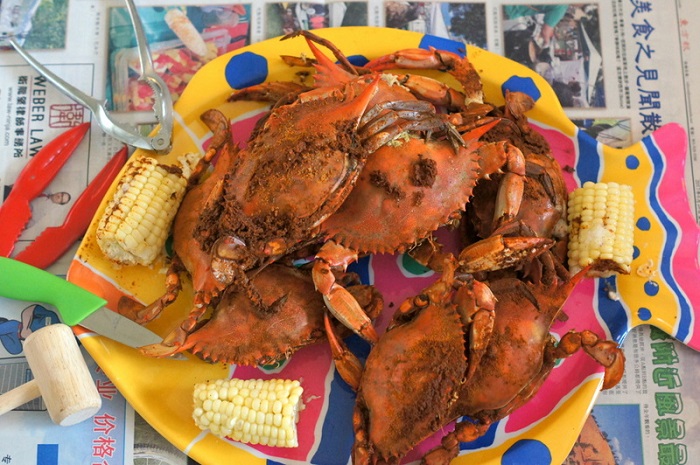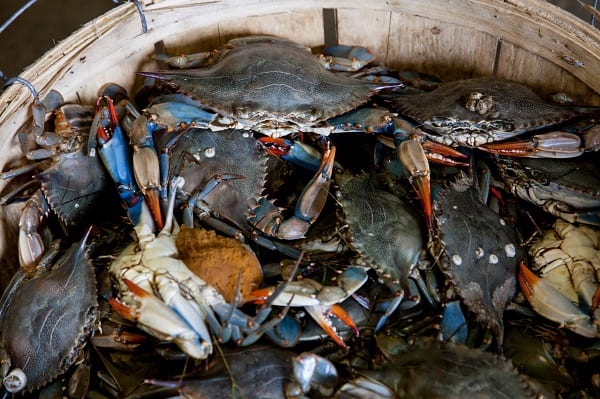
In lean years, a bushel of crabs in Maryland can bring more than $300. Maryland consumes virtually every blue crab harvested in its portion of the Bay, every year, plus some of the crabs harvested by Virginia and a substantial portion of the crabs harvested in North Carolina, South Carolina, Florida, Louisiana and Texas. It’s easy to succumb to temptation to harvest more crabs. It’s courting crisis to allow harvests that push the population down near the minimum level. This year’s count of 190 million females does not make it safe to harvest females.

Numbers between the two thresholds don’t justify complacency. The minimum threshold is the critical level that, if crossed, could send the species spiraling into population collapse. The target threshold is the population level necessary to allow the species to be comfortably resilient to natural population fluctuations.

Both figures are founded in good science. Since then, the blue crab population has tended to stability.Īnother help in achieving stability was the establishment of two species-management benchmarks: a minimum threshold of 70 million female crabs and the target threshold of 215 million. Now crab managers have set commercial female harvest limits and banned recreational harvest of sooks. Only recently has science debunked the assumption that female crabs spawned only once and thus could subsequently be harvested without limit or consequence. We’ve been slow to recognize the necessity of an ample female spawning population. We are once again, and almost miraculously, approaching the female population target of 215 million achieved only twice in the last 30 years.

Thanks to mild temperatures and an unusually generous Mother Nature, the female population bounced back this spring with unexpectedly significant gains. Yet Department of Natural Resources allowed regular commercial female harvest limits in 2018.Īs we were not in actual crisis, merely headed that way, DNR gambled on the fecundity of the blue crab to gradually restore the female stocks. Just last year, the female population dropped by more than 35 percent after particularly frigid wintertime temperatures. This is cause for celebration, not news to take for granted. The spawning-size female population is the major factor in maintaining a healthy blue crab population. The total population has risen this past year to almost 600 million, according to the 2019 Winter Dredge Survey.īest of all, the sooks, our female spawning-age crabs, have reached a population of 190 million, only 35 million under the target level for healthy reproduction success that we should be striving to maintain all along.


 0 kommentar(er)
0 kommentar(er)
